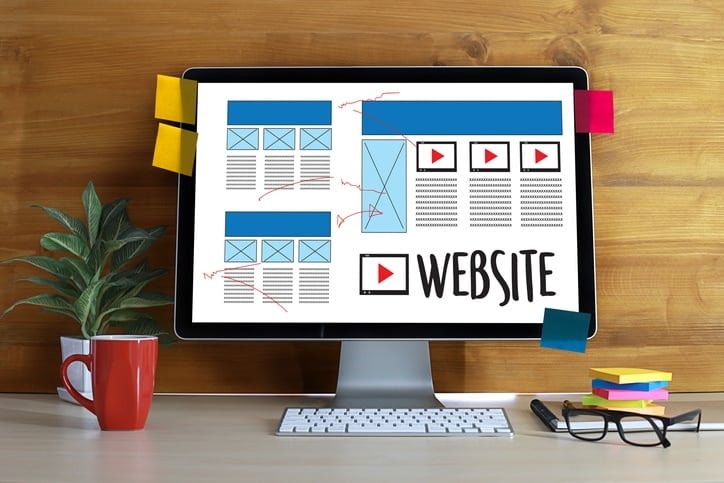Website photos are an important part of your overall website content, and there are several reasons you should keep imagery at the top of your priority list while building a website. As technology continues to develop and proliferate the global internet, more people worldwide are using imagery to learn, remember and disseminate information.
Using Images on Your Website
Importance of Images in Web Design
Photographs add richness to your web design. They do so in two ways. The first is simply another way to clue search engines into how to interpret your content. The second is the human aspect or how people (not search engines) understand your website. Let's break down what photos do for your site:
1. A Picture Paints a Thousand Words
The adage that a picture paints a thousand words is not far off. People often get tired of reading words and skim through website pages. However, imagery both breaks up the printed text and offers context quickly for those you prefer to skim. A photo can momentarily pull the viewer into the scene they are viewing and help them understand the written text or replace it completely.
2. Partnering a Photo with a Caption
Adding a caption to or inserting the caption within the photo adds value to the image. With a caption, the context of the photo is made clear so the visitor to your site doesn't have to figure out what they're seeing. Instead you're offering them a full-color experience and guiding them to your point with the caption.
3. High-Quality Photos are a Must
Especially when displaying products, professional photos are crucial. If you want someone to order a product from you, it's important that they see it, preferably in three dimensions. This can be accomplished with several photos or in 360-degree photo. However, if you want to add some spontaneity to your photographs, you can add some personal photos or on-the-go shots to your blog or newsletter.
4. Use Stock Photos Wisely
Stock photos on your website can be used for general topics or city scenes, but it's best to use professional original photos as much as possible on your website. You can also add captions to stock photos to personalize them for your content.
5. Be Consistent
Your clients expect a high level of quality from your products; therefore you need to consistently offer the same high quality on your website including your photo content. If customers come to find hit or miss photos, they will be disappointed and may not return. Consistency is also helpful on product pages. People tend to expect all product pages to look the same on a website or at least in each section. If your images, product description and buy button are in the same place on every product page, the customer will be comfortable and confident when shopping. Read more about this on our blog about the importance of user experience.
6. Add Personality
Personality makes photos more interesting, and the best way to add personality is by adding a person (or more than one) to as many photos as possible. Show people working in your company, using your products and if you can, in your product images.
7. Don't Overwhelm
Websites need to be easy for visitors to navigate. While some of this is covered by your menu and search capabilities, simplifying your page layouts is also helpful. Make it easy for someone to arrive on your page, read the title and the first few lines, and then skim down to see if they want to read more. Putting photos in the same places on each page and using them to describe or display what you are writing about will help your visitors find what they are interested in more quickly.
At Neon Rain, we can use our expertise to help you create a new website or revamp your current website design, including your chosen website photos. Contact us today for more information.
